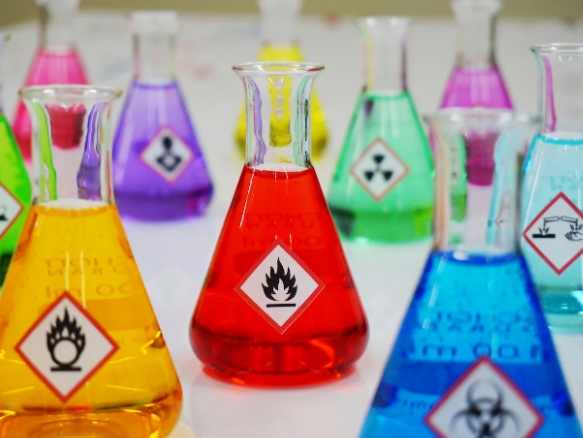In today's rapidly evolving world, environmental concerns have become paramount. Pollution, in its various forms, poses a significant threat to our ecosystems and human health. Among the different types of pollutants, chemical and biological pollutants stand out due to their distinct characteristics and impacts. Understanding the differences between these two types of pollutants is crucial for effective pollution management and mitigation strategies. In this article, we will delve into the disparities between chemical and biological pollutants, exploring their nature, sources, effects, and implications for environmental sustainability.
- Defining Chemical and Biological Pollutants:
Chemical Pollutants:
Chemical pollutants encompass a broad range of substances that are released into the environment and have harmful effects on living organisms. These pollutants can originate from industrial activities, transportation, agriculture, and domestic sources. Examples of chemical pollutants include heavy metals, pesticides, solvents, and toxic gases. They can persist in the environment for extended periods, leading to long-term contamination and potential bioaccumulation in the food chain.
Biological Pollutants:
Biological pollutants, on the other hand, refer to contaminants that are derived from living organisms or their byproducts. These pollutants can include bacteria, viruses, fungi, pollen, and other organic matter. Biological pollutants are often associated with indoor environments, such as homes and workplaces, where they can cause allergies, respiratory illnesses, and other health issues. Sources of biological pollutants include mold, dust mites, pet dander, and certain types of bacteria.
- Sources and Pathways:
Chemical Pollutants:
Chemical pollutants primarily originate from human activities, such as industrial processes, manufacturing, and the use of synthetic substances. Industrial emissions, improper waste disposal, and the release of toxic chemicals into water bodies are significant sources of chemical pollutants. These pollutants can enter the environment through air, water, and soil, spreading across large areas and affecting ecosystems and human populations.
Biological Pollutants:
Biological pollutants are often associated with organic materials and living organisms. They can be released into the environment through natural processes, such as decomposition, as well as human activities like improper waste management and inadequate hygiene practices. Indoor sources of biological pollutants include damp areas, poorly maintained ventilation systems, and the presence of pets or pests. These pollutants can be transported through the air, water, or direct contact, affecting both indoor and outdoor environments.
- Environmental and Health Impacts:
Chemical Pollutants:
Chemical pollutants have diverse environmental and health impacts. They can contaminate water bodies, soil, and air, leading to ecosystem disruption, reduced biodiversity, and the degradation of natural resources. Exposure to chemical pollutants can have acute or chronic health effects, depending on the toxicity and duration of exposure. Some chemicals are known to be carcinogenic, while others can cause respiratory, neurological, or reproductive disorders.
Biological Pollutants:
Biological pollutants primarily affect human health, particularly in indoor environments. Mold spores, for instance, can cause respiratory allergies and exacerbate asthma symptoms. Bacterial contaminants can lead to infections, while certain viruses can cause diseases such as influenza. Biological pollutants can also impact agricultural productivity and livestock health, affecting food security and economic stability.
- Mitigation and Prevention Strategies:
Chemical Pollutants:
To mitigate chemical pollutants, various strategies can be employed. These include implementing stricter regulations on industrial emissions, promoting sustainable manufacturing practices, and adopting cleaner technologies. Proper waste management, including recycling and safe disposal methods, is crucial to prevent chemical pollutants from entering the environment. Additionally, public awareness campaigns and education on the safe use and handling of chemicals can contribute to pollution prevention.
Biological Pollutants:
Preventing and controlling biological pollutants require a combination of measures. Proper ventilation and humidity control can help reduce mold and dust mite growth indoors. Regular cleaning and maintenance of ventilation systems, as well as prompt remediation of water damage, are essential. Effective waste management practices, such as proper disposal of organic waste, can minimize the proliferation of biological pollutants. Personal hygiene, including handwashing and vaccination programs, also play a vital role in preventing the spread of diseases caused by biological pollutants.
Conclusion:
In conclusion, chemical and biological pollutants differ in their nature, sources, and impacts on the environment and human health. Chemical pollutants primarily arise from human activities and can persist in the environment for extended periods, while biological pollutants are associated with living organisms and organic matter. Understanding these distinctions is crucial for developing targeted pollution management strategies and safeguarding our ecosystems and well-being. By implementing effective mitigation and prevention measures, we can strive towards a cleaner and healthier future for generations to come.

